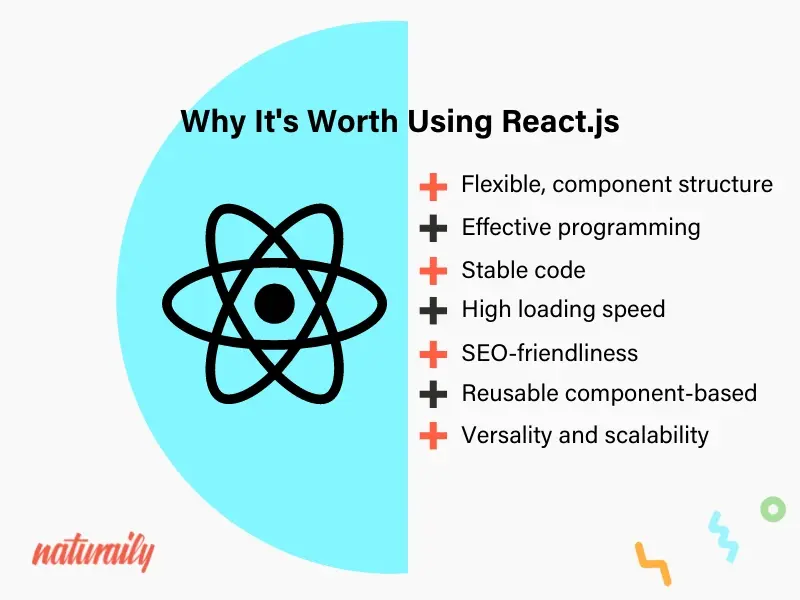CJ Attard Insights
Exploring the latest trends and insights in various industries.
React: The Symphony of Components
Discover how React transforms web development into a harmonious experience with its powerful components. Dive in and elevate your coding game!
Understanding React Components: A Beginner's Guide
React components are the building blocks of any React application, allowing developers to create reusable UI elements. Understanding React components is essential for beginners aiming to build dynamic and interactive interfaces. In React, components can be classified into two main types: functional components and class components. While both serve the same purpose, functional components are simpler and are often preferred due to their ease of use and performance benefits.
To get started, you can create a basic functional component using the following syntax:
function Welcome(props) {
return <h1>Hello, {props.name}</h1>;
}In this example, the Welcome component accepts props as an argument and returns a simple greeting. As you dive deeper into React, you will learn about state management, lifecycle methods, and how to pass data between components. Mastering these concepts will significantly enhance your ability to create complex applications.

How to Compose Your Own Symphony: Building Reusable React Components
Composing your own symphony of web applications using React involves creating reusable components that can be harmoniously integrated into various parts of your application. To get started, identify the distinct pieces of functionality that your application requires. For instance, elements like buttons, modals, and form inputs can all be crafted as separate components. Once you have these components, you can use props to manage the data they display and functions they execute, creating a consistent and modular architecture. This approach not only promotes efficiency but also enhances maintainability by allowing you to update parts of your code without affecting the entire application.
When developing reusable React components, it's essential to adhere to best practices that ensure your components remain flexible and easy to manage.
- Keep components small and focused: Each component should ideally serve a single purpose.
- Utilize PropTypes: Validate props to catch errors early in development and enhance maintainability.
- Style components with CSS Modules or styled-components: This encapsulates styles and prevents conflicts.
Common Challenges in React Development and How to Overcome Them
React development comes with its own set of challenges that can hinder the efficiency of building robust applications. One of the common challenges in React development is managing state effectively. As applications grow, managing state can become complex, leading to difficult-to-maintain code and unexpected behaviors. To overcome this, developers can utilize state management libraries like Redux or Context API, which provide a systematic way to handle state and make it accessible across components.
Another significant challenge is ensuring optimal performance, especially when dealing with large datasets or complex component hierarchies. The React rendering process can become a bottleneck if components re-render unnecessarily. To tackle this, developers should consider implementing React.memo for memorizing components and using useCallback and useMemo hooks to prevent unnecessary re-renders. Additionally, conducting a performance analysis using tools like React Profiler can help identify performance bottlenecks and improve overall application efficiency.